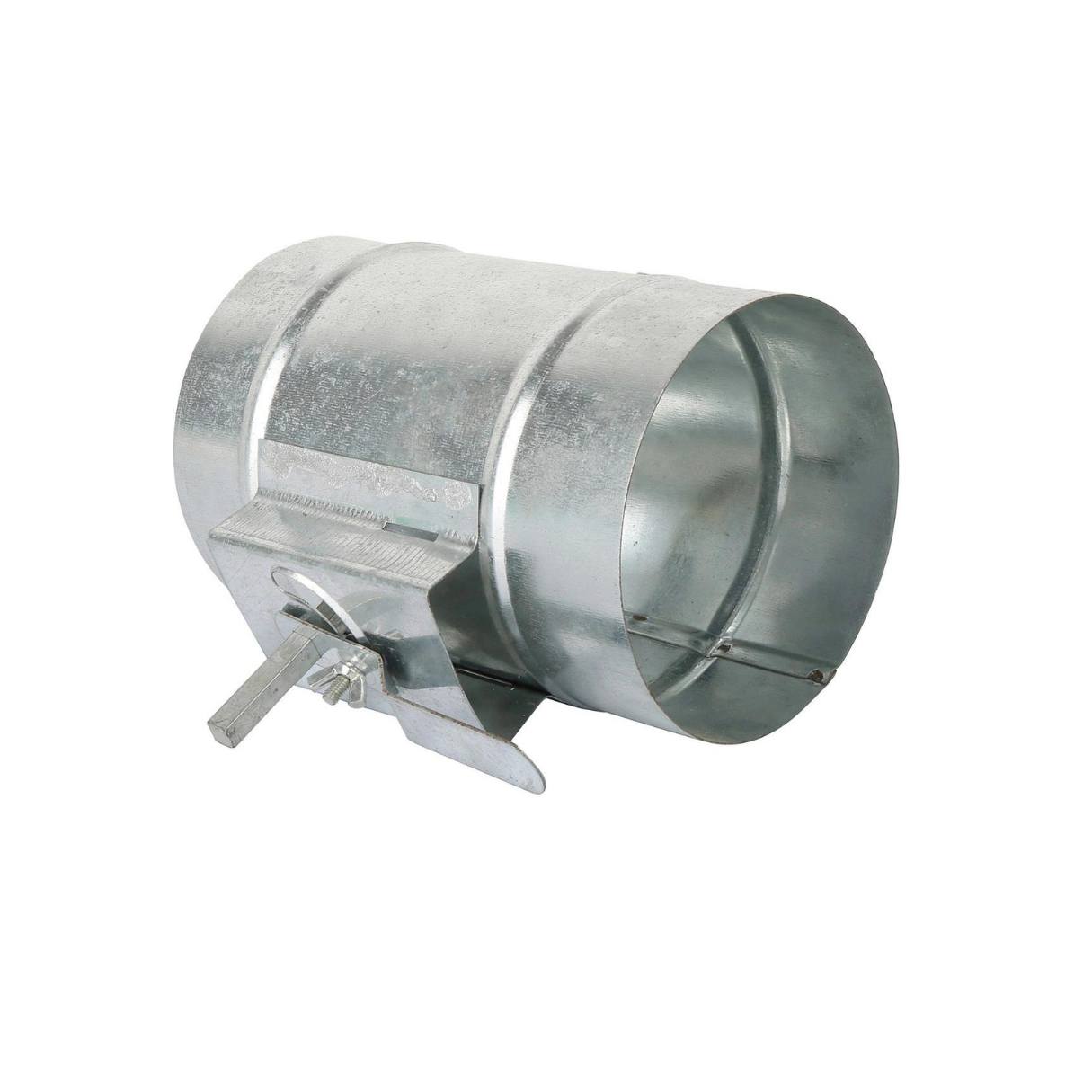

Articles
What Do Dampers Do In HVAC
Modified: January 23, 2024
Learn about the pivotal role of dampers in HVAC systems with our informative articles. Gain insights on their functions, types, and importance in maintaining indoor comfort.
(Many of the links in this article redirect to a specific reviewed product. Your purchase of these products through affiliate links helps to generate commission for Storables.com, at no extra cost. Learn more)
Introduction
In the realm of heating, ventilation, and air conditioning (HVAC) systems, dampers play a crucial role in maintaining comfort, energy efficiency, and indoor air quality. These often-underappreciated components have a diverse range of functions that directly impact the performance and functionality of HVAC systems. Understanding the purpose and operation of dampers is essential for anyone involved in the HVAC industry or seeking to optimize their home or commercial building’s climate control.
Simply put, dampers are devices used to regulate and control the flow of air within HVAC systems. They are typically installed in ductwork and can be adjusted to restrict or allow the passage of air to specific areas or zones. Dampers are designed to enhance the overall performance of HVAC systems by providing greater control over air distribution, improving energy efficiency, and ensuring the desired temperature and air quality are achieved in different parts of a building.
In this article, we will explore the functions of dampers in HVAC systems, delve into the different types of dampers commonly used, and discuss the importance of proper damper installation and regular maintenance. By the end, you will have a comprehensive understanding of the critical role that dampers play in optimizing HVAC systems.
Key Takeaways:
- Dampers are unsung heroes in HVAC systems, enabling precise airflow control, energy efficiency, and indoor air quality. Understanding their functions and types empowers us to optimize comfort and efficiency in our buildings.
- Proper installation and regular maintenance of dampers are essential for maximizing HVAC system performance, energy efficiency, and safety. Investing in professional installation and routine inspections ensures long-lasting effectiveness and compliance with regulations.
Read more: How To Adjust Dampers On HVAC
Definition of Dampers
Dampers, in the context of HVAC systems, refer to mechanical devices used to control or restrict the flow of air within ductwork. These devices are typically installed in the ventilation system and can be adjusted to regulate the amount of air entering or exiting specific areas or zones of a building.
Dampers are designed to be durable and resistant to the various stresses that HVAC systems may encounter, such as temperature changes, air pressure differentials, and constant air movement. They are usually made from materials such as galvanized steel or aluminum, ensuring their longevity and ability to withstand the demanding conditions of HVAC applications.
The primary function of dampers is to regulate the air distribution in HVAC systems, allowing for efficient and precise control of temperature, air quality, and comfort in different areas or zones of a building. By adjusting the position of dampers, HVAC technicians can balance the airflows, redirect air to specific areas, or restrict airflow to areas that require less ventilation.
Dampers can be manually operated or automated, depending on the design and requirements of the HVAC system. Manual dampers are adjusted by hand using a lever or handle, allowing for quick and easy adjustments when needed. Automated dampers, on the other hand, are controlled by sensors and actuators, which provide real-time feedback and automatically adjust the damper position to maintain optimal airflow.
Overall, dampers are essential components of HVAC systems, providing the necessary control and regulation of air distribution. Their precise and efficient operation directly impacts the comfort, energy efficiency, and indoor air quality of residential homes, commercial buildings, and industrial facilities.
Functions of Dampers in HVAC Systems
Dampers serve several crucial functions in HVAC systems, contributing to their overall performance and efficiency. Here are the main functions of dampers:
1. Airflow Control: Dampers are primarily used to regulate the flow of air within HVAC systems. By adjusting the position of dampers, the amount of air entering or exiting specific areas or zones can be controlled. This allows for precise balancing of air distribution, ensuring that each area receives the right amount of conditioned air for optimal comfort and temperature control.
2. Zoning: In larger buildings or homes with multiple zones, dampers are used to create separate areas with independent temperature control. By selectively opening or closing dampers, the airflow to different zones can be adjusted, allowing for personalized comfort in each area without conditioning unnecessary spaces.
3. Energy Efficiency: Dampers play a significant role in improving energy efficiency in HVAC systems. By properly balancing the airflow and directing it to specific areas, dampers help minimize energy waste by reducing the need for excessive heating or cooling. This results in lower energy consumption and utility costs.
4. Temperature Regulation: Dampers allow for precise temperature control in different areas or rooms of a building. By adjusting the damper position, the amount of conditioned air entering a particular area can be increased or decreased, ensuring that the desired temperature is achieved and maintained.
5. Environmental Control: In addition to temperature regulation, dampers also contribute to maintaining proper indoor air quality. By adjusting the airflow, dampers help control the distribution of fresh air, filtration, and ventilation throughout the building, removing pollutants, odors, and stale air.
6. System Protection: Dampers also serve as a protective mechanism for HVAC systems. In situations where there is a fire or smoke detection, fire dampers installed in ductwork automatically close, preventing the spread of smoke and fire throughout the building. This helps contain the damage and ensures the safety of occupants.
Overall, dampers are critical components that enable precise control and regulation of airflow in HVAC systems. From ensuring optimal comfort and temperature control to improving energy efficiency and maintaining indoor air quality, dampers play a vital role in enhancing the overall performance and functionality of HVAC systems.
Types of Dampers Used in HVAC Systems
There are various types of dampers used in HVAC systems, each designed to serve specific purposes and meet different application requirements. The choice of damper type depends on factors such as the system design, airflow control needs, and environmental conditions. Here are some common types of dampers:
1. Volume Control Dampers: These dampers are primarily used for balancing and controlling airflow in HVAC systems. They are typically rectangular or square in shape and can be manually or automatically operated. Volume control dampers are installed in ductwork to regulate the amount of air flowing through specific zones or areas, ensuring proper air distribution and temperature control.
2. Fire Dampers: Fire dampers are essential safety components in HVAC systems, especially in commercial buildings or facilities. They are specifically designed to prevent the spread of smoke and fire through ductwork in the event of a fire. Fire dampers automatically close when triggered by fire or smoke detection devices, effectively compartmentalizing the building and protecting occupants.
3. Smoke Dampers: Similar to fire dampers, smoke dampers are used to control the spread of smoke in HVAC systems during a fire. They prevent smoke from entering or spreading to unaffected areas of the building, helping to maintain clear evacuation routes and minimize damage. Smoke dampers are integral for ensuring the safety and wellbeing of occupants in emergency situations.
4. Backdraft Dampers: Backdraft dampers, also known as non-return dampers or gravity dampers, are installed in exhaust systems to prevent air from flowing back into the system. They allow for one-way airflow, ensuring that exhaust gases, odors, and other pollutants are properly expelled from the building. Backdraft dampers are particularly important in kitchen hoods, bathroom vents, and other exhaust applications.
5. Motorized Dampers: Motorized dampers are equipped with electric actuators or motors, allowing for automated control and adjustment of airflow. They can be integrated with building management systems or HVAC control systems to provide precise and convenient control over the damper position. Motorized dampers are commonly used in larger buildings, commercial settings, and advanced HVAC systems.
6. Outdoor Air Dampers: Outdoor air dampers, also known as fresh air dampers or intake dampers, are used to control the amount of fresh outdoor air entering the HVAC system. They help maintain proper ventilation and indoor air quality by allowing for controlled intake of fresh air. Outdoor air dampers are essential for ensuring a healthy and comfortable indoor environment.
These are just a few examples of the various types of dampers used in HVAC systems. Each type serves a specific purpose and contributes to the overall functionality and efficiency of the system. The selection of damper type depends on factors such as system design, application requirements, and regulatory compliance.
Dampers in HVAC systems control airflow and regulate temperature in different areas of a building. They can help improve energy efficiency and maintain comfort levels. Regular maintenance and inspection of dampers is important to ensure they are functioning properly.
Control Mechanisms for Dampers
Dampers in HVAC systems are controlled using various mechanisms to ensure precise and efficient operation. These control mechanisms allow for manual or automated adjustments of damper positions based on specific requirements or environmental conditions. Let’s explore some common control mechanisms for dampers:
1. Manual Controls: The simplest and most common control mechanism for dampers is manual operation. Manual controls typically involve a lever, handle, or knob that allows users to adjust the damper position by hand. This allows for quick and easy adjustments, making it ideal for smaller HVAC systems or situations where real-time adjustments are not frequently required.
2. Thermostats: Thermostats are widely used to control the opening or closing of dampers based on temperature settings. When the desired temperature is reached in a particular area or zone, the thermostat sends a signal to the damper control system, triggering the adjustment of the damper position. This mechanism helps maintain consistent temperatures throughout the building and optimize energy consumption.
3. Pressure Sensors: Pressure sensors are used in HVAC systems to monitor air pressure differentials and adjust dampers accordingly. By detecting changes in pressure within the ductwork or specific zones, the pressure sensors relay signals to the damper control system, enabling automatic adjustments of the damper position to maintain balanced airflow.
4. Building Management Systems (BMS): Building Management Systems, also known as Building Automation Systems (BAS), provide centralized control and monitoring of various building systems, including HVAC. Dampers can be integrated into the BMS, allowing for automated control based on pre-defined schedules, occupancy levels, or environmental conditions. The BMS ensures optimal damper positions are maintained throughout the building, maximizing energy efficiency and comfort.
5. Actuators: Actuators are motorized devices that can be used to automate damper control. Actuators are typically connected to the dampers and receive commands from the control system. They move the damper blades to the desired position based on the input received, enabling precise and efficient airflow control. Actuators can be operated using various control signals such as analog, digital, or network-based protocols.
6. Variable Air Volume (VAV) Systems: In HVAC systems with Variable Air Volume, dampers are controlled based on the demand for airflow in different zones or areas. Sensors within the system monitor the temperature and occupancy levels, and adjust the damper positions accordingly. VAV systems allow for individual control and energy optimization by adjusting the airflow to each zone based on specific requirements.
The choice of control mechanism for dampers depends on factors such as system complexity, desired level of automation, and specific control requirements. By incorporating the appropriate control mechanism, HVAC systems can effectively utilize dampers to optimize airflow, energy efficiency, and overall comfort.
Read more: How To Tell If HVAC Damper Is Open Or Closed
Importance of Proper Damper Installation and Maintenance
Proper installation and regular maintenance of dampers in HVAC systems are crucial for ensuring optimal performance, safety, and longevity of the system. Here are some key reasons why proper damper installation and maintenance are of utmost importance:
1. Efficient Airflow Control: Well-installed and properly maintained dampers enable precise control of airflow within HVAC systems. This ensures balanced air distribution, allowing for effective temperature control and comfort throughout the building. Improperly installed or malfunctioning dampers can lead to uneven air distribution, hot or cold spots, and compromised indoor comfort.
2. Energy Efficiency: Properly installed and maintained dampers contribute to energy efficiency in HVAC systems. They help regulate airflow, preventing unnecessary conditioning of unoccupied or seldom-used spaces. This reduces energy waste and lowers utility costs. Additionally, regular maintenance ensures that dampers are clean, lubricated, and operating efficiently, further optimizing energy consumption.
3. Indoor Air Quality: By controlling the intake and distribution of fresh air, dampers play a critical role in maintaining indoor air quality. Properly functioning dampers help ensure adequate ventilation and filtration, removing pollutants, allergens, and odors from the indoor environment. Regular maintenance ensures that dampers are clean and free from debris, maximizing their effectiveness in improving indoor air quality.
4. Fire and Smoke Protection: Adequately installed and regularly inspected fire dampers are essential for preventing the spread of smoke and fire within HVAC systems. Proper maintenance ensures that fire dampers are functional and close as intended during emergency situations, protecting occupants and minimizing property damage.
5. System Longevity: Proper installation and maintenance practices prolong the lifespan of dampers and the overall HVAC system. Regular inspection and cleaning help identify any issues or potential problems with the dampers before they escalate into costly repairs or replacements. Well-maintained dampers operate smoothly and reliably, extending the lifespan of the entire HVAC system.
6. Compliance with Regulations: Proper damper installation and maintenance are essential to remain compliant with building codes and regulations. Many jurisdictions have specific requirements regarding the installation, inspection, and testing of HVAC system components, including dampers. Adhering to these regulations ensures the safety, performance, and legality of the HVAC system.
Overall, proper damper installation and regular maintenance are critical for achieving optimal HVAC system performance, energy efficiency, indoor air quality, and safety. By investing in professional installation, conducting routine inspections, and following recommended maintenance practices, building owners and facility managers can ensure that their HVAC systems and dampers operate effectively and efficiently for years to come.
Conclusion
Dampers play a pivotal role in the functionality and optimization of heating, ventilation, and air conditioning (HVAC) systems. These components are responsible for regulating and controlling the flow of air, ultimately impacting temperature control, energy efficiency, and indoor air quality. By understanding the functions and types of dampers, as well as the importance of proper installation and maintenance, we can make informed decisions to enhance the performance of our HVAC systems.
Dampers, such as volume control dampers, fire dampers, and motorized dampers, provide crucial functions in HVAC systems. They enable precise airflow control, zoning, energy efficiency, temperature regulation, environmental control, and system protection. Each type of damper serves a specific purpose, contributing to the overall performance and effectiveness of the HVAC system.
Control mechanisms for dampers, including manual controls, thermostats, pressure sensors, building management systems, and actuators, allow for seamless adjustment and automation. These control mechanisms ensure that dampers operate effectively, maintaining desired airflow and enhancing energy efficiency. Incorporating the appropriate control mechanism is essential for achieving optimal results and comfort.
Proper installation and regular maintenance of dampers are essential for maximizing their efficiency and longevity. Efficient airflow control, energy efficiency, indoor air quality, fire and smoke protection, system longevity, and compliance with regulatory standards are all benefits of proper installation and maintenance. Regular inspections, cleaning, and adherence to maintenance practices can identify and prevent issues, minimizing costly repairs and replacements.
In conclusion, dampers are integral components of HVAC systems, contributing to optimal temperature control, energy efficiency, and indoor air quality. Understanding their functions, types, control mechanisms, and the importance of proper installation and maintenance empowers us to make informed decisions and optimize our HVAC systems for improved comfort and efficiency. By prioritizing the installation and maintenance of dampers, we can ensure the long-lasting performance and safety of our HVAC systems.
Frequently Asked Questions about What Do Dampers Do In HVAC
Was this page helpful?
At Storables.com, we guarantee accurate and reliable information. Our content, validated by Expert Board Contributors, is crafted following stringent Editorial Policies. We're committed to providing you with well-researched, expert-backed insights for all your informational needs.
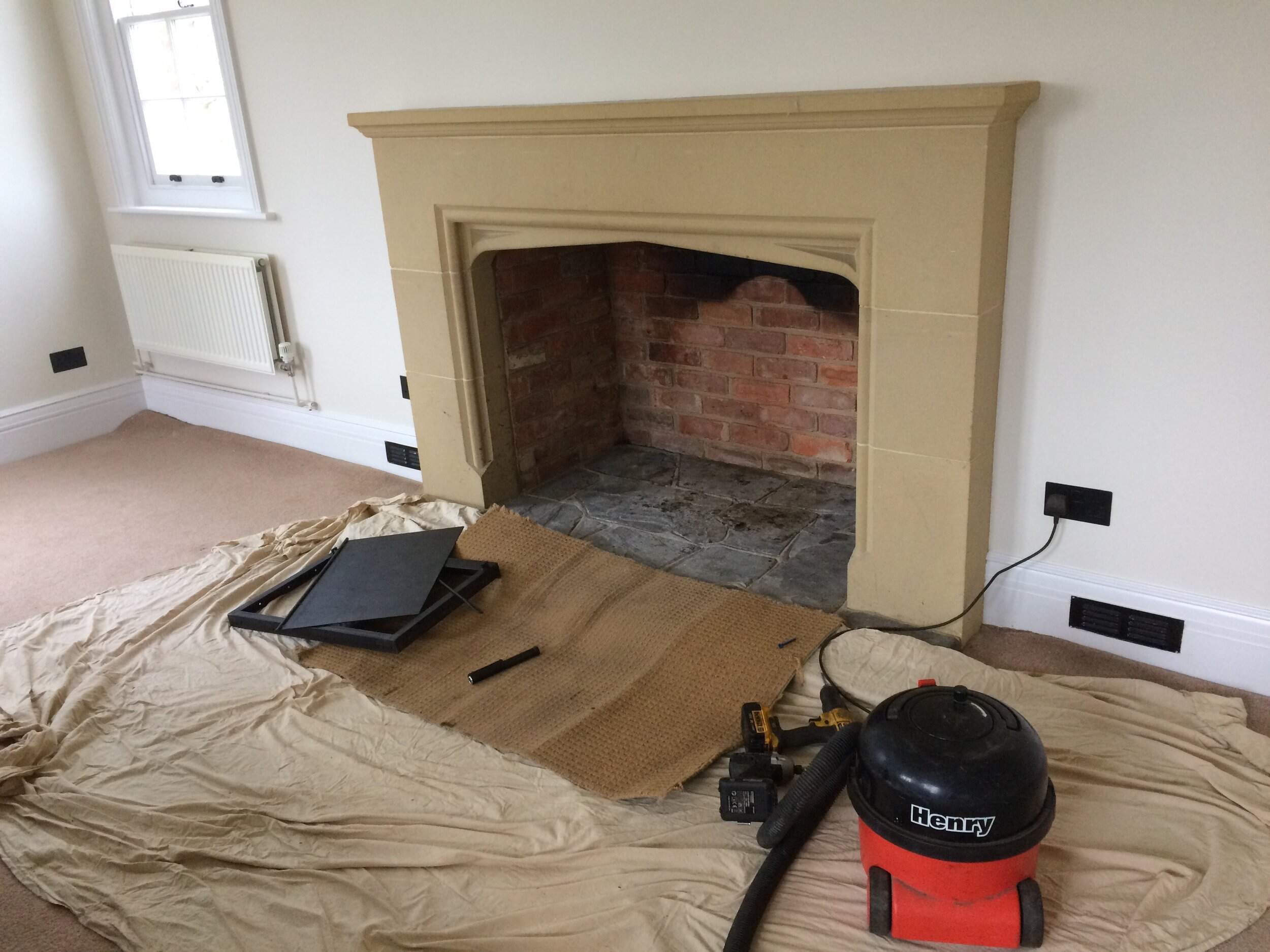
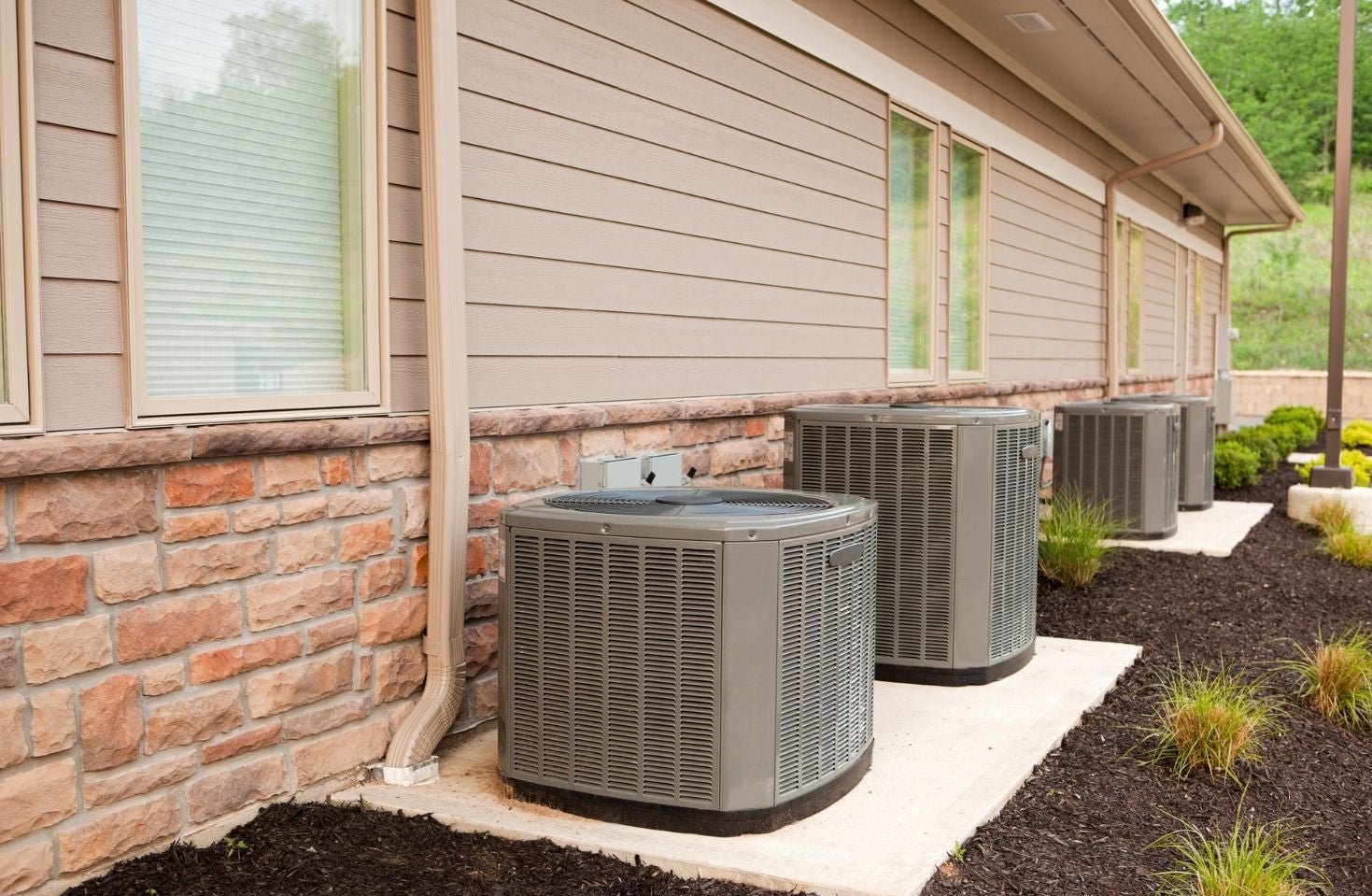
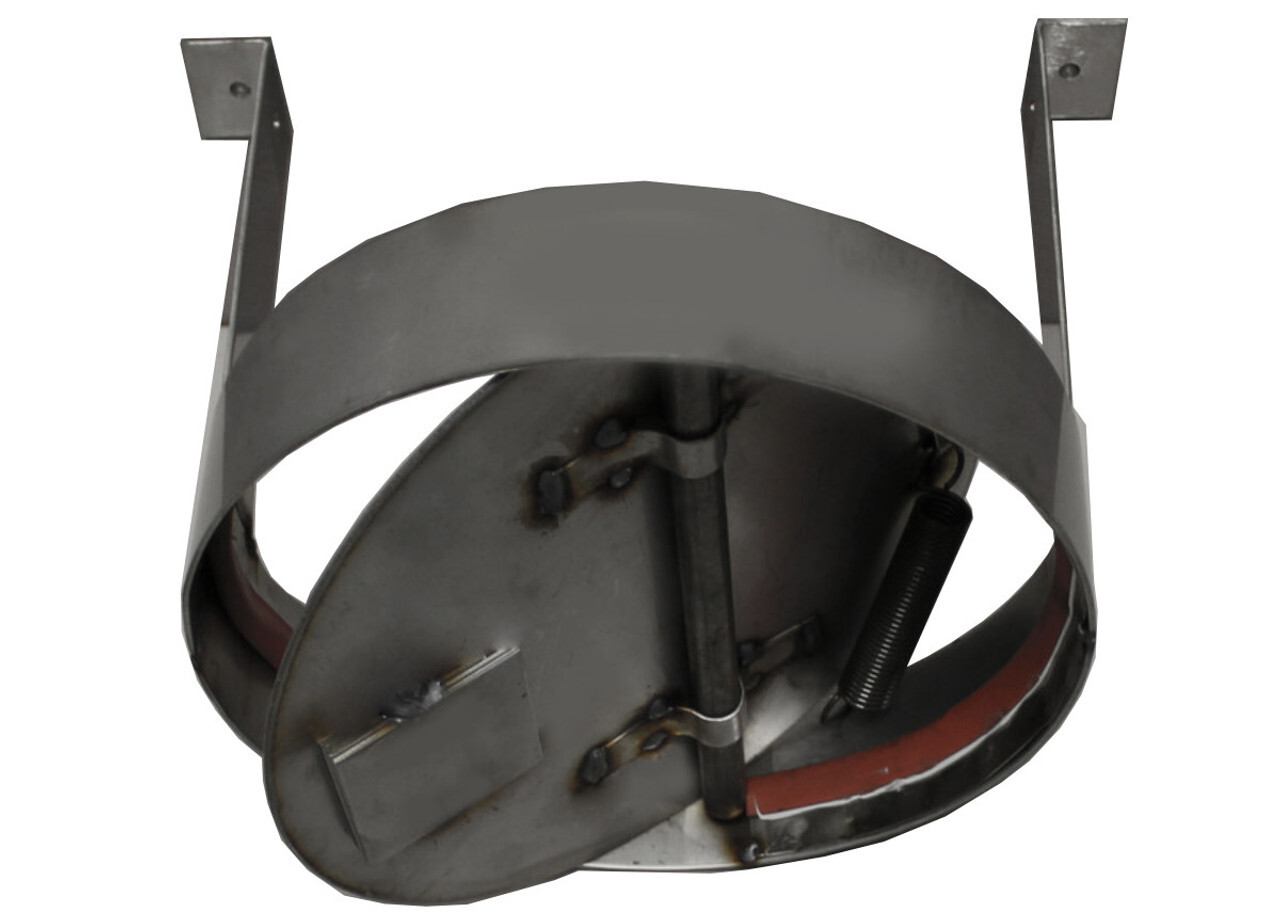
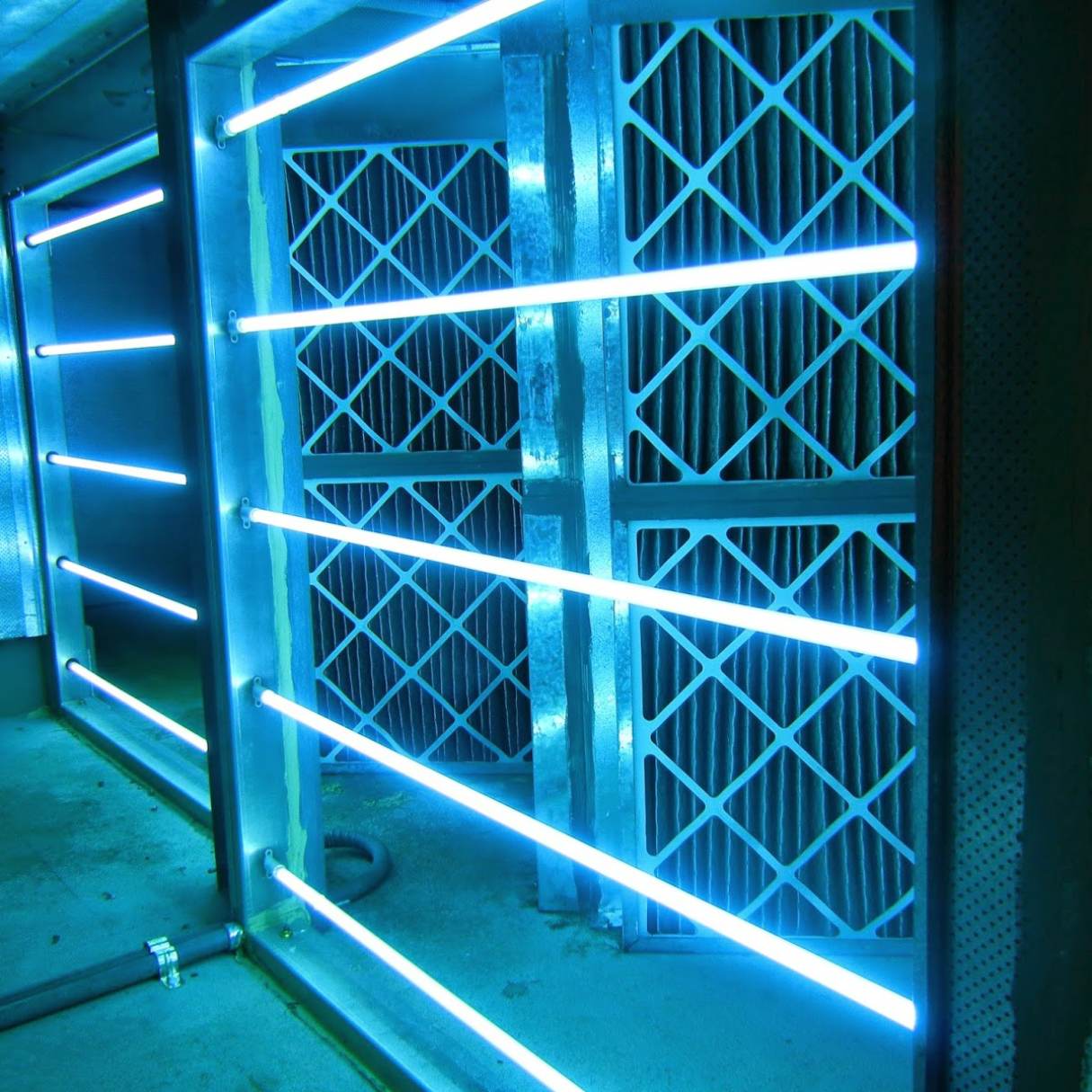
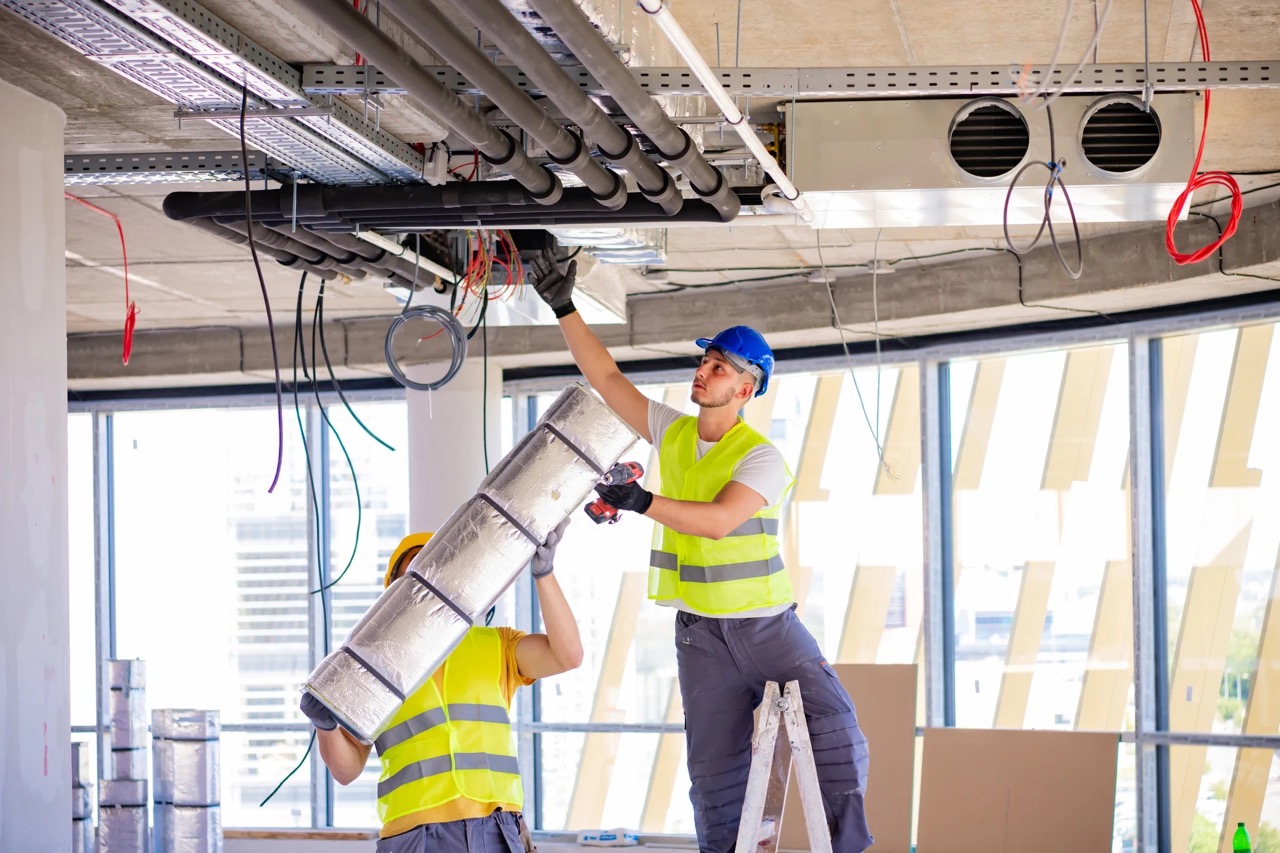
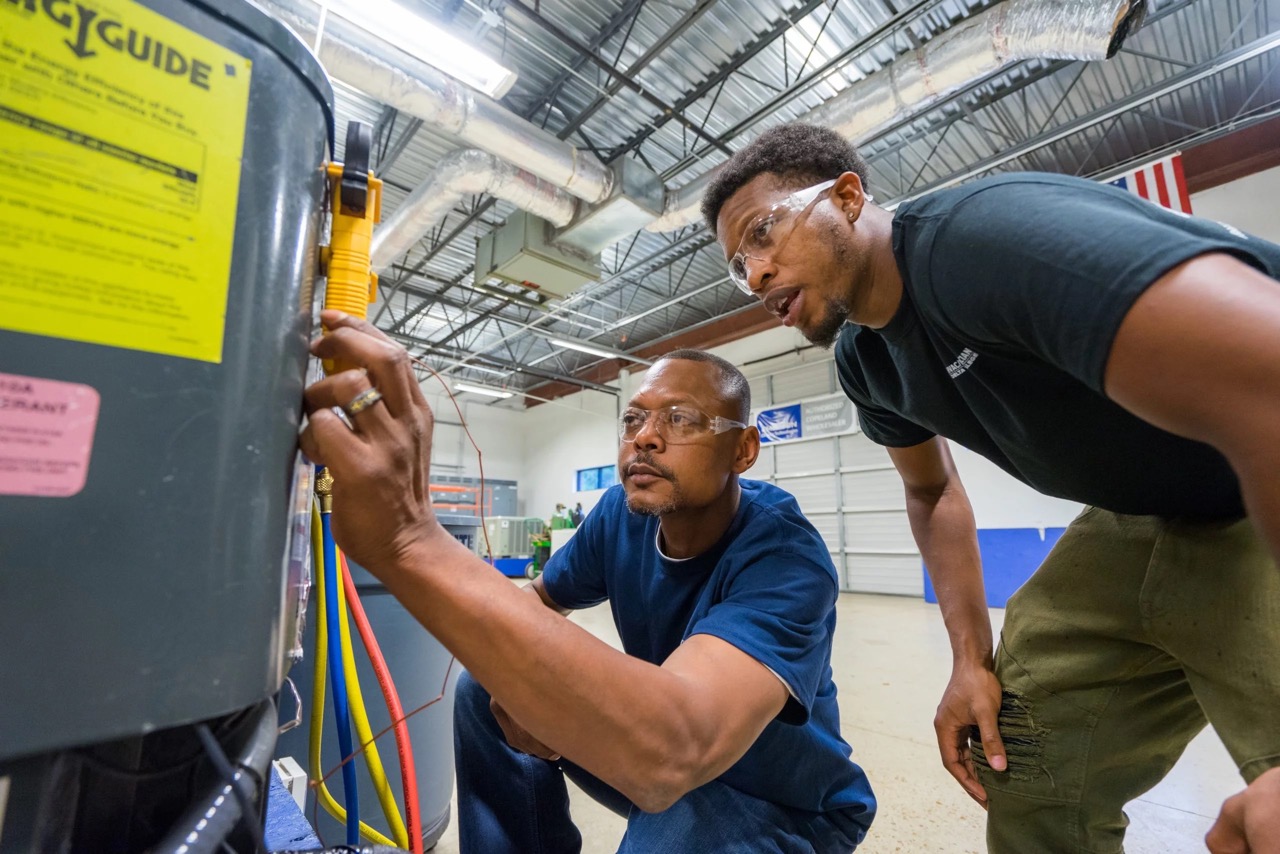
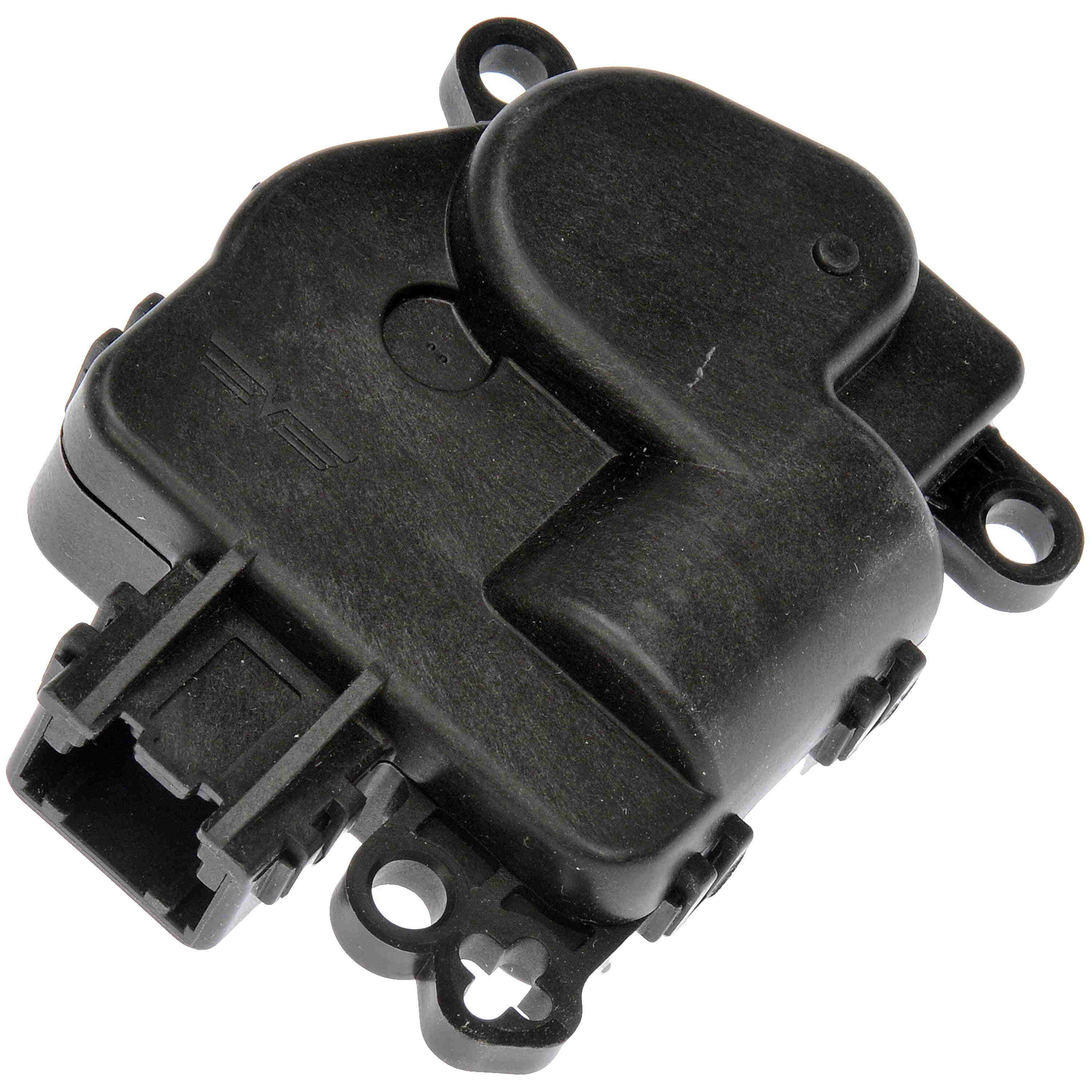
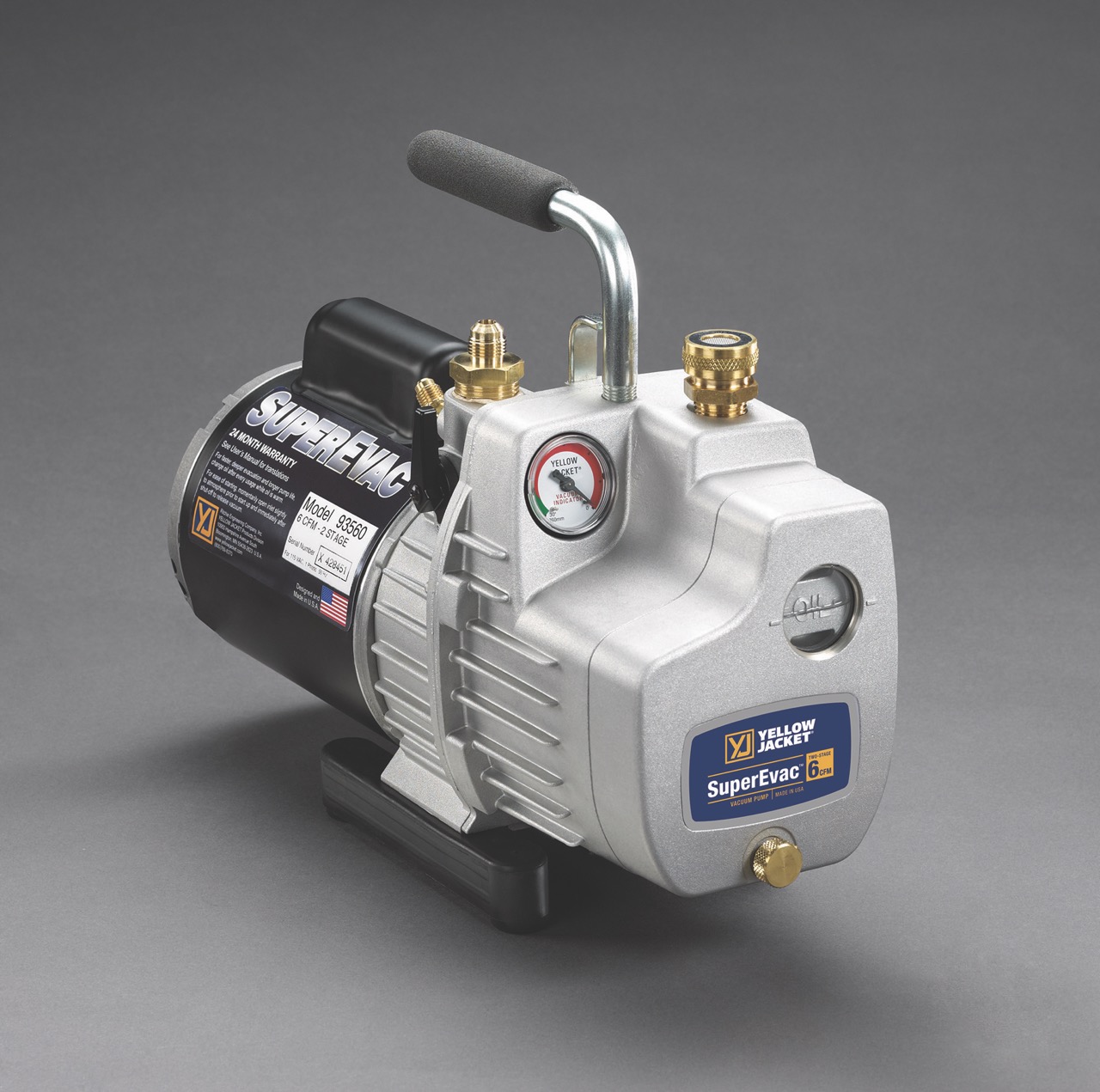
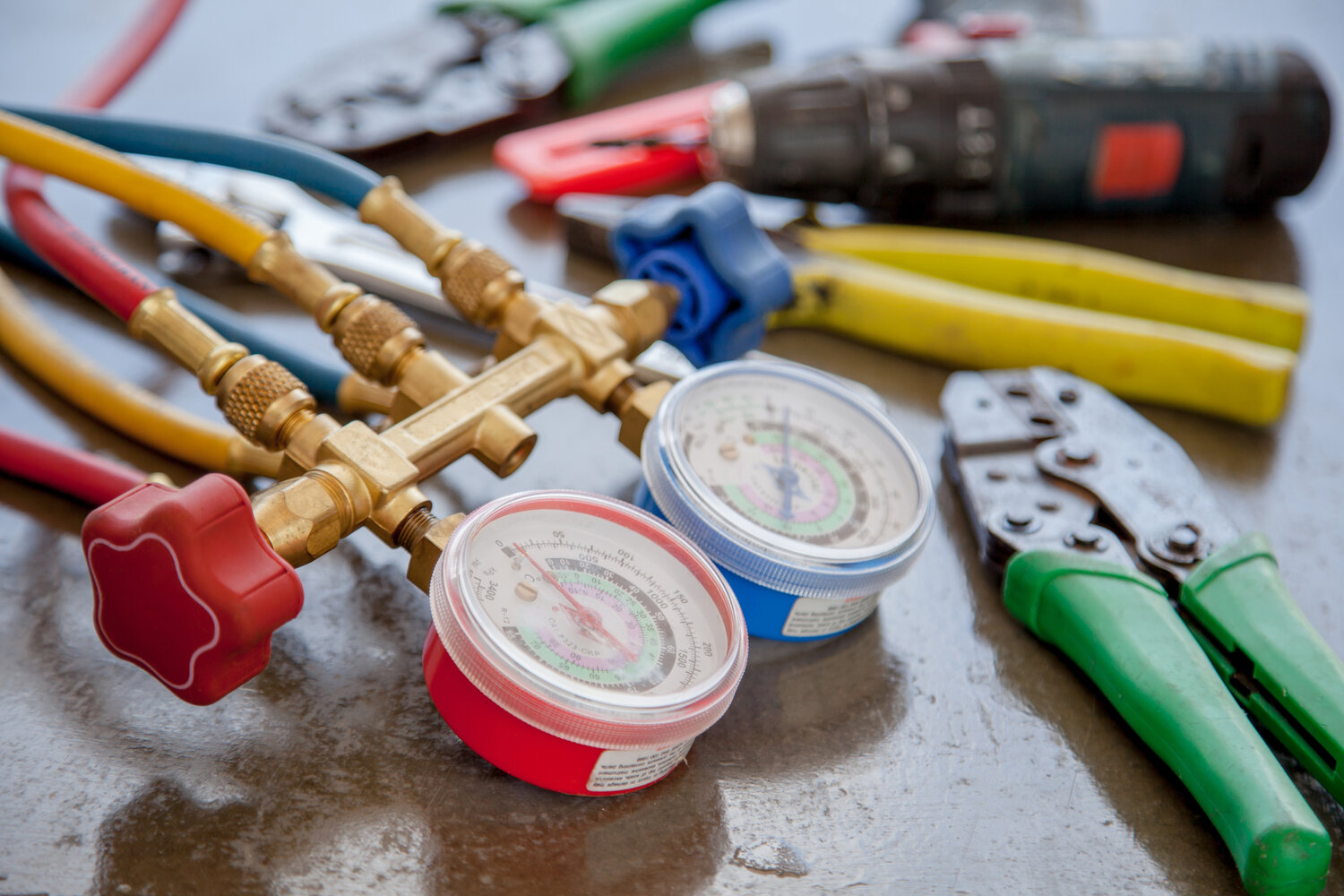
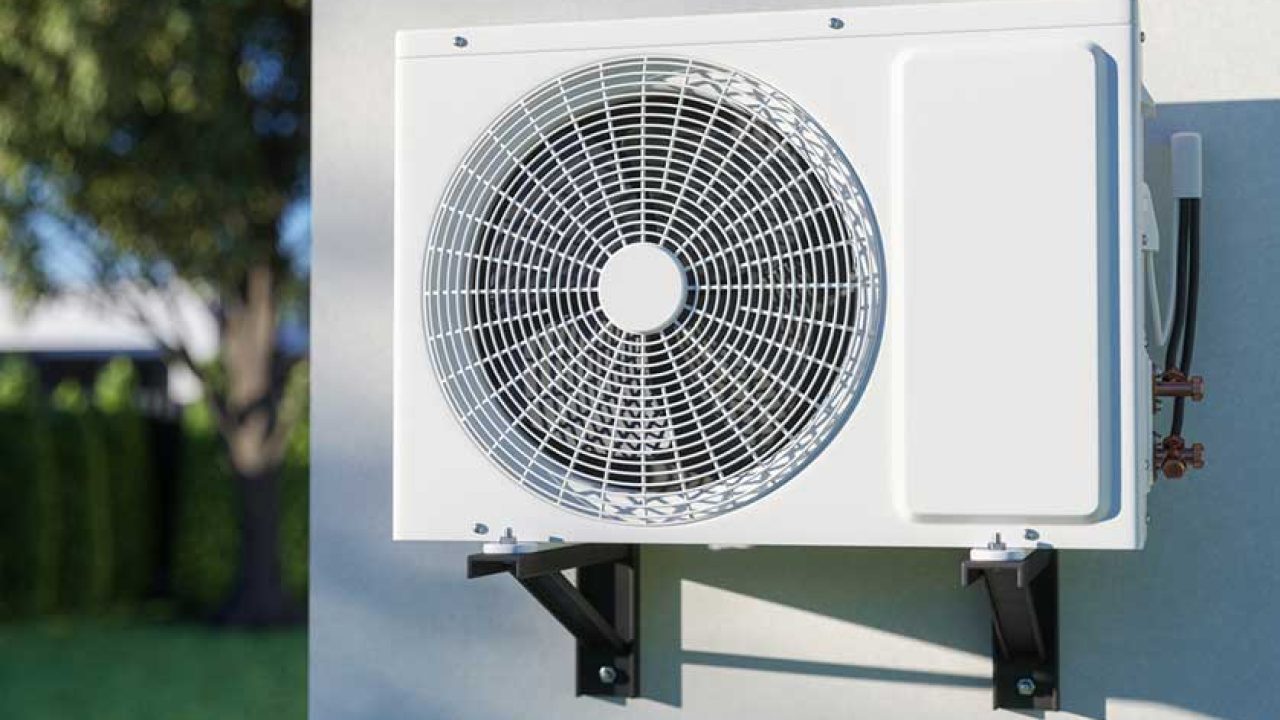
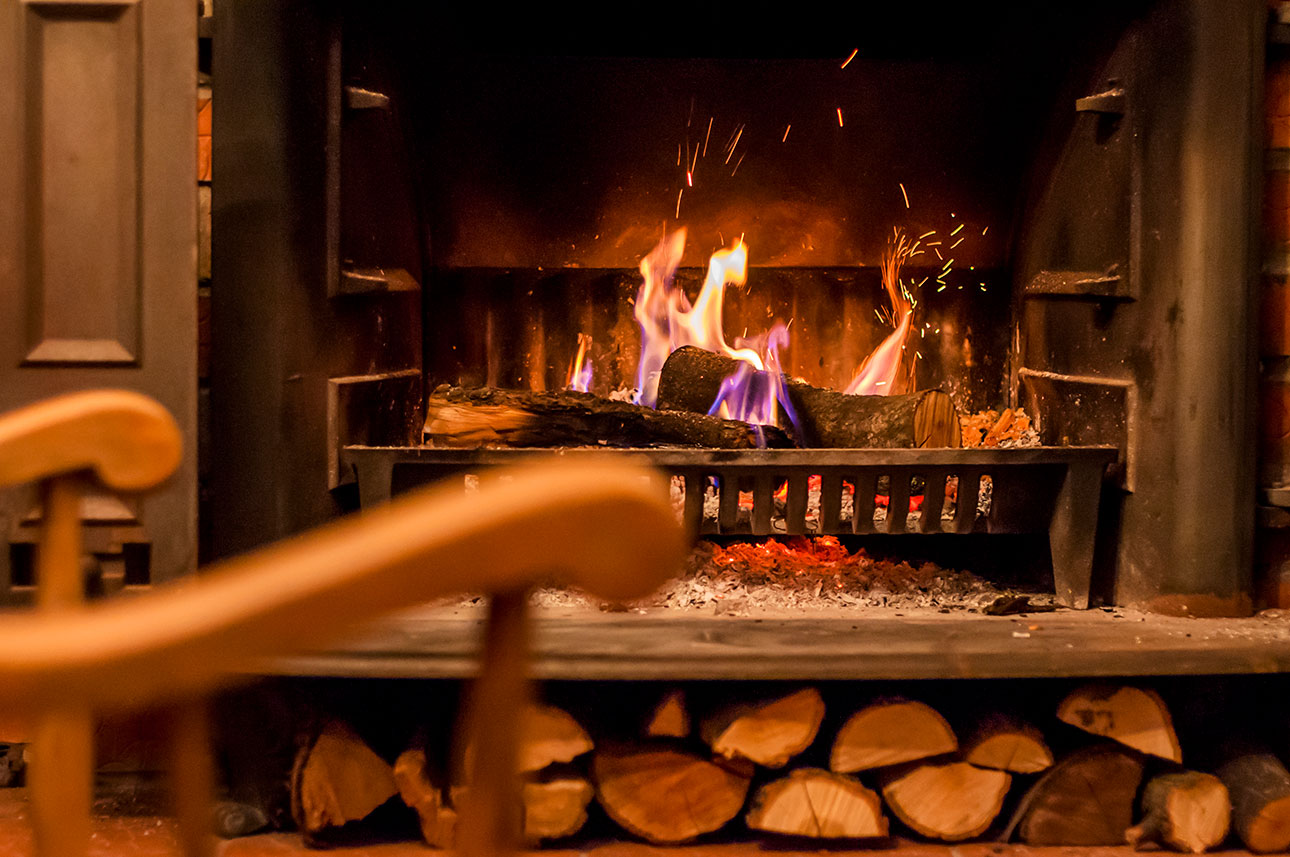
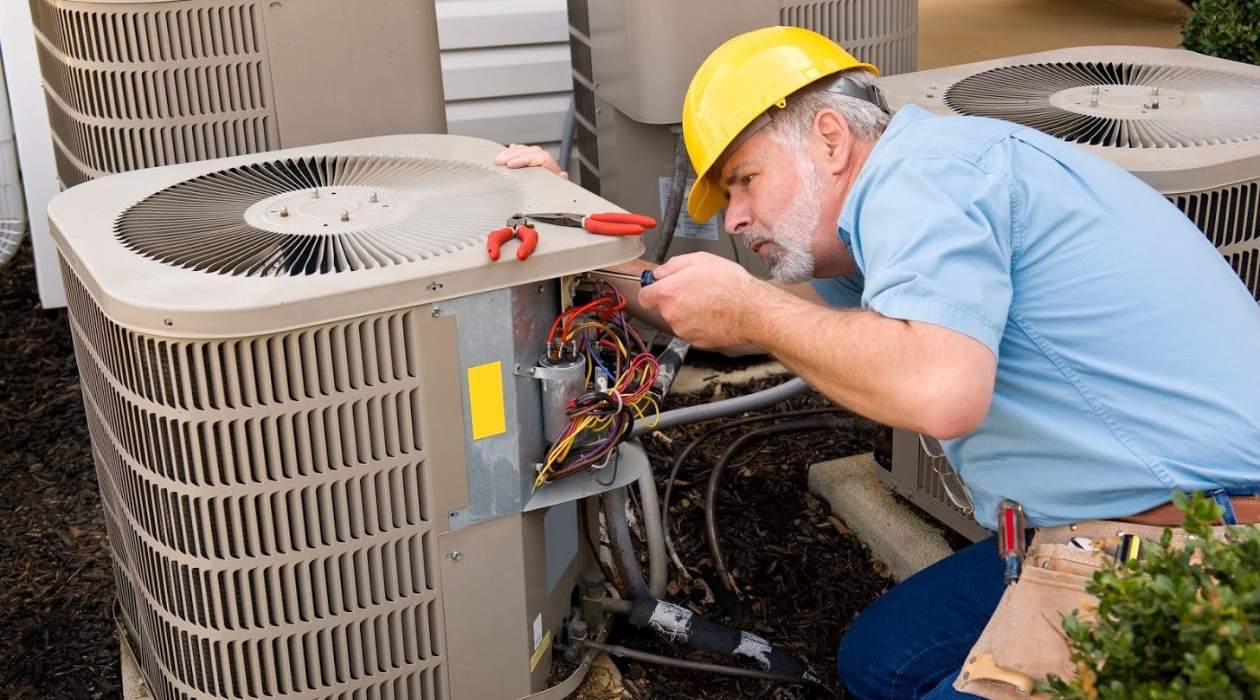
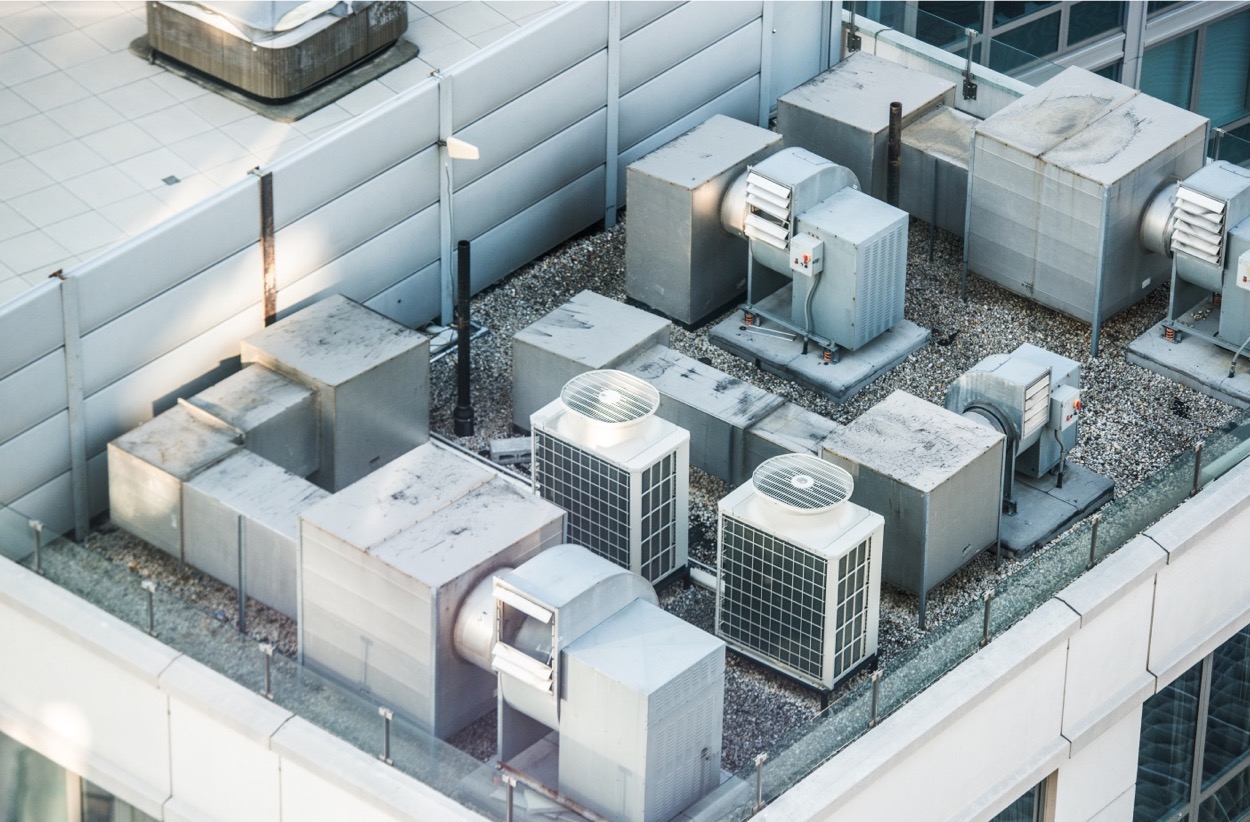
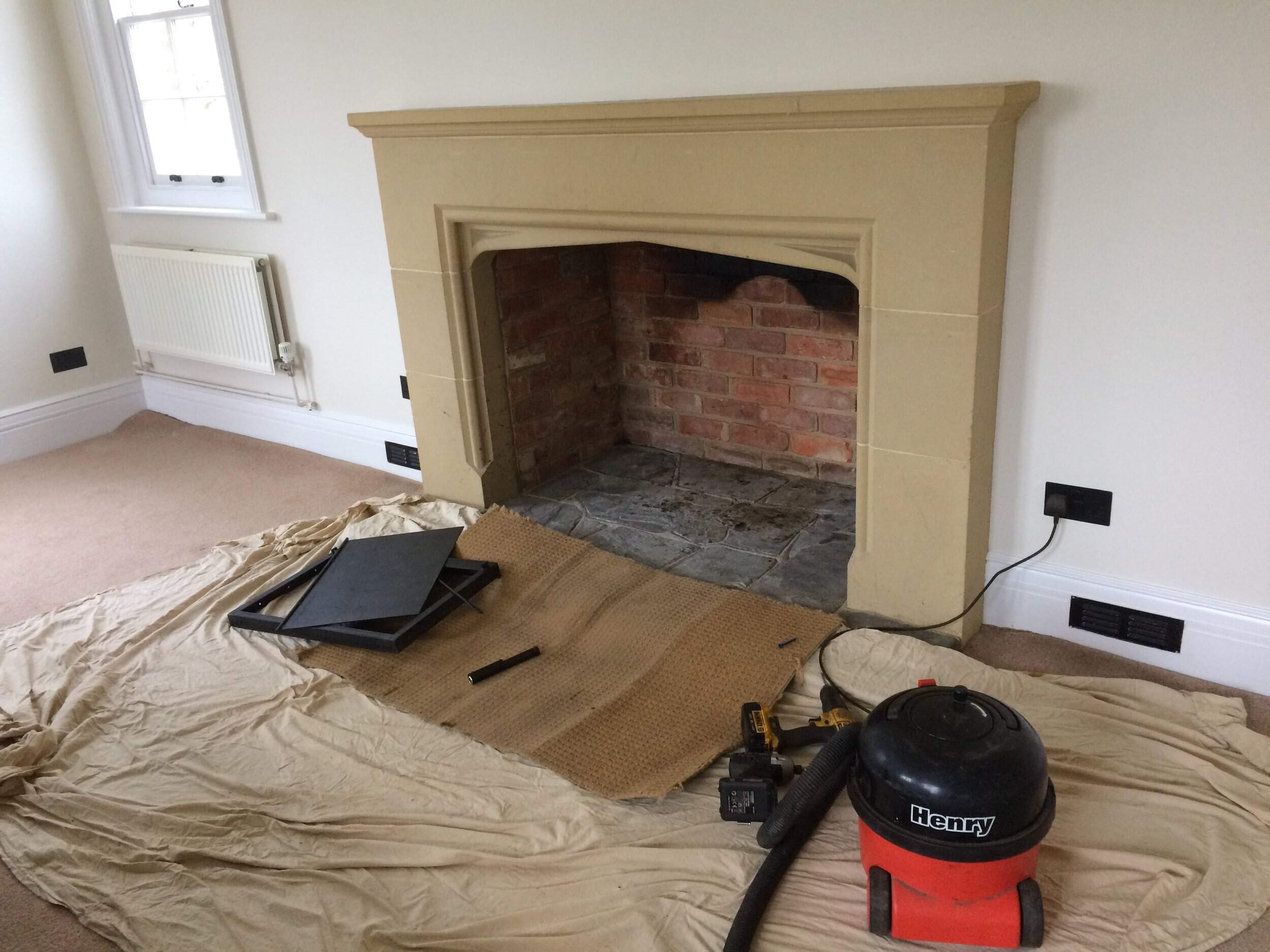

0 thoughts on “What Do Dampers Do In HVAC”